Kanha National Park: Stories From The Wild in Madhya Pradesh.
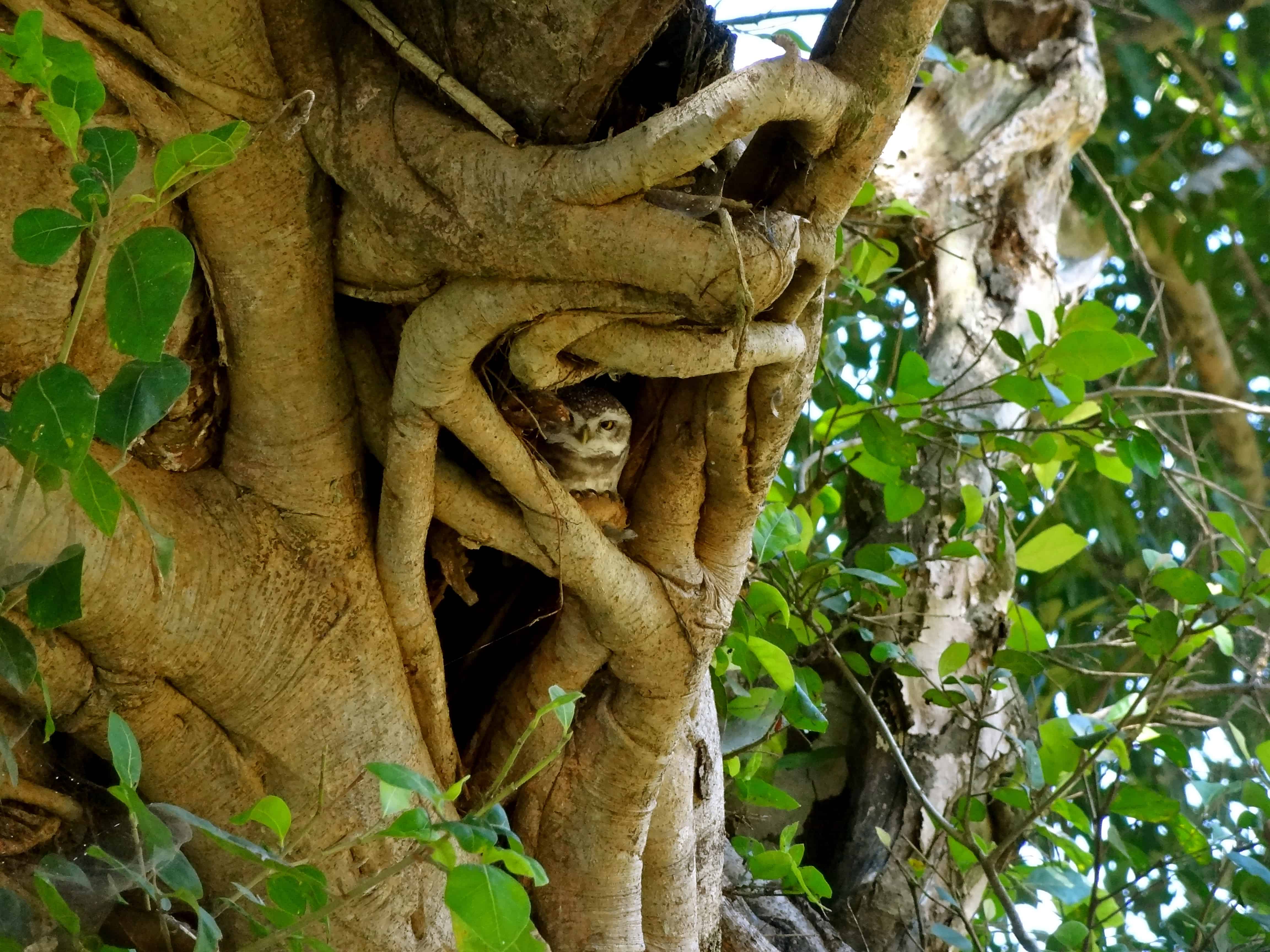
Beyond the tiger chase, these stories from Kanha National Park / Kanha Tiger Reserve triggered my love for the forests of Madhya Pradesh.
There is a whole world out there, in the dense Sal forests of Kanha National Park. A world far removed from you and me. Fascinating stories dwell here just like in the human world. Wildlife and nature peacefully co-exist, and mankind meddles. For better and for worse.
These snippets attempt to look beyond what we witness on jungle safaris, and try to capture the essence of life in the wild:
I will follow you into the dark
When we spot a pair of jackals run off into the fields of Kanha Tiger Reserve, our naturalist can’t help but speak of their love. Jackals lead monogamous lives, and once they find a mate, it’s till death do them apart.
In a jungle like Kanha, with predators as fierce as the tiger and as illusive as the leopard, life is tough. Yet if a mate dies, the survivor refuses to take on another mate, leads a solitary life, and eventually succumbs to grief. Who would’ve counted these scavengers among the romantics?
Also read: Why Satpura National is the Most Unique in Madhya Pradesh
Keep off the grass in Kanha National Park
I have to admit I didn’t care much about spotting barasinghas in Kanha National Park, until I heard that this is the ONLY place in the world they are found!
Watching the black and golden-bodied males with velvet antlers, our naturalist lamented about them being endangered species. The villages within the national park would let their cattle lose, who fed on grass all day. Unlike other species of deer, the barasinghas only feed on a specific type of grass, which the cattle wiped out. The destruction of their natural habitat led to a fast decrease in their numbers, down to a meagre 600. The forest department has now relocated the villages, and is trying to redevelop the grasslands.
Also read: Panna National Park Near Khajuraho: The Most Beautiful Forest in India?
The need for speed
Zooming on our Kanha National Park safari, along the paved road in the buffer zone, our Aussie companions noticed a couple of cows sniffing a small body on the road. We reversed the car, and found a dead palm civet; the victim of a road kill.
It’s a perpetual conflict in these areas. You need paved roads to ease transportation of goods, and to aid the forest department in curbing poaching and protecting the wildlife habitat. That means an obvious intrusion in this forested terrain and unintentional, untimely deaths of wild animals, like this beautiful civet. May her soul rest in peace.
Also read: Wildlife Tourism: Are We Saving The Tiger?
The misogyny of creation
When we think of tigers, we only think of majestic creatures that fear nothing. What moved me was hearing that once tigers mate, the male leaves the impregnated female to fend for herself. She must hunt even 4-5 days before the cubs are born, after which she retires deep into the forest or in a cave to deliver. For the next three months, she hunts to feed herself and the cubs, and must protect them from male tigers, including the father, who often kills them for fear of a powerful competitor.
Is that proof that misogyny is at the very core of creation or am I being too dramatic?
Also read: How Responsible Tourism Can Challenge Patriarchy in India
A computer engineer in the forest?
Meet a computer engineer turned naturalist, Chinmay, at Kanha Earth Lodge. His tryst with the wild started when he became the go-to guy to rescue snakes from the houses of villagers. His promise was to get the snakes out of the house alive and save them the curse of killing these mythological creatures.
He’s fought “snake charmers”, who he mentions fool people by forcibly removing the venom gland of snakes and force-feeding them raw eggs through a tube to keep them alive (why were we never taught that in school?). He’s even survived a cobra bite, but that’s a story you have to hear in person. He then fought everyone who told him he couldn’t make a living off his passion for the wild.
Also read: Wandering in the Wild at Pench National Park
Kanha National Park: Travel Tips
Kanha National Park location and how to get there
Kanha NP is located in Madhya Pradesh. The closest railway station and airport is in Jabalpur – from where the forest is a 4 hour scenic drive away.
Kanha National Park resorts – where to stay
Try to keep your ecological footprint low in this fragile forest area by choosing an environmentally-friendly accommodation.
Kanha Earth Lodge
I stayed at Kanha Earth Lodge by Pugdundee Safaris. It is designed beautifully with local materials and waste wood. The use of Single-use plastic has been minimized. All waste is segregated. And fresh produce is primarily sourced locally.
Shergarh Tented Camp
I’ve been eyeing the ecologically minded Shergarh Tented Camp for a long time! This low impact camp was built on a degraded farmland and has been carefully regenerated into a young forest. The tents are naturally cooled in the summer (no AC), and the camp team is largely local.
Kanha National Park safari booking
During peak times like public holidays, safaris in Kanha tend to get sold out. Reserve your accommodation early and ask your hosts to reserve your safaris.
Kanha National Park entrance fee
Vehicle safari charges are INR 2000 and guide charges are INR 360. It’s a good idea to tip your guide if you’re happy with the way (s)he explained the wonders of the forest. Don’t base your tip on whether or not you see a big cat; that’s in no one’s hands!
What is Kanha National Park famous for
First and foremost, Kanha is home to a spectacular Sal forest that comes alive during sunrise and sunset. Next, Kanha’s wide diversity of animal and bird life is a treat for animal lovers.
Look out for the barasingha, for Kanha National Park is one of its few remaining wildlife habitats! Big cats include the Royal Bengal Tiger and the illusive leopard. Other unique animals include the hyena, jackal, jungle cat, palm civet, sloth bear and the Indian wolf.
Don’t chase just after the tiger. Enjoy all your sightings!
Have you been to Kanha National Park or any other forests in Madhya Pradesh? What fascinating stories have you discovered about life in the wild?
Note: My trip to Kanha was made possible by Pugdundee Safaris and Kanha Earth Lodge. Opinions are always my own.
ALSO READ:
What the Village Folk of Kumaon Taught Me About Life
Chhattisgarh: Motorcycle Adventures, Tribal Life and a Lingering Sadness
Khajuraho: Love in The Time of Chandelas

Hi there! I’m Shivya, and I started this travel blog back in 2011, when travel wasn’t trendy, Instagram didn’t exist and AI wasn’t a thing (simpler times, I know!). I write about slow, meaningful and conscious travel – that is good for us, the places we visit, the people we meet along the way, and the planet at large. Settle down, grab a cup of tea, and read stories that remind you of the essence of travel. I’m so glad you found me!

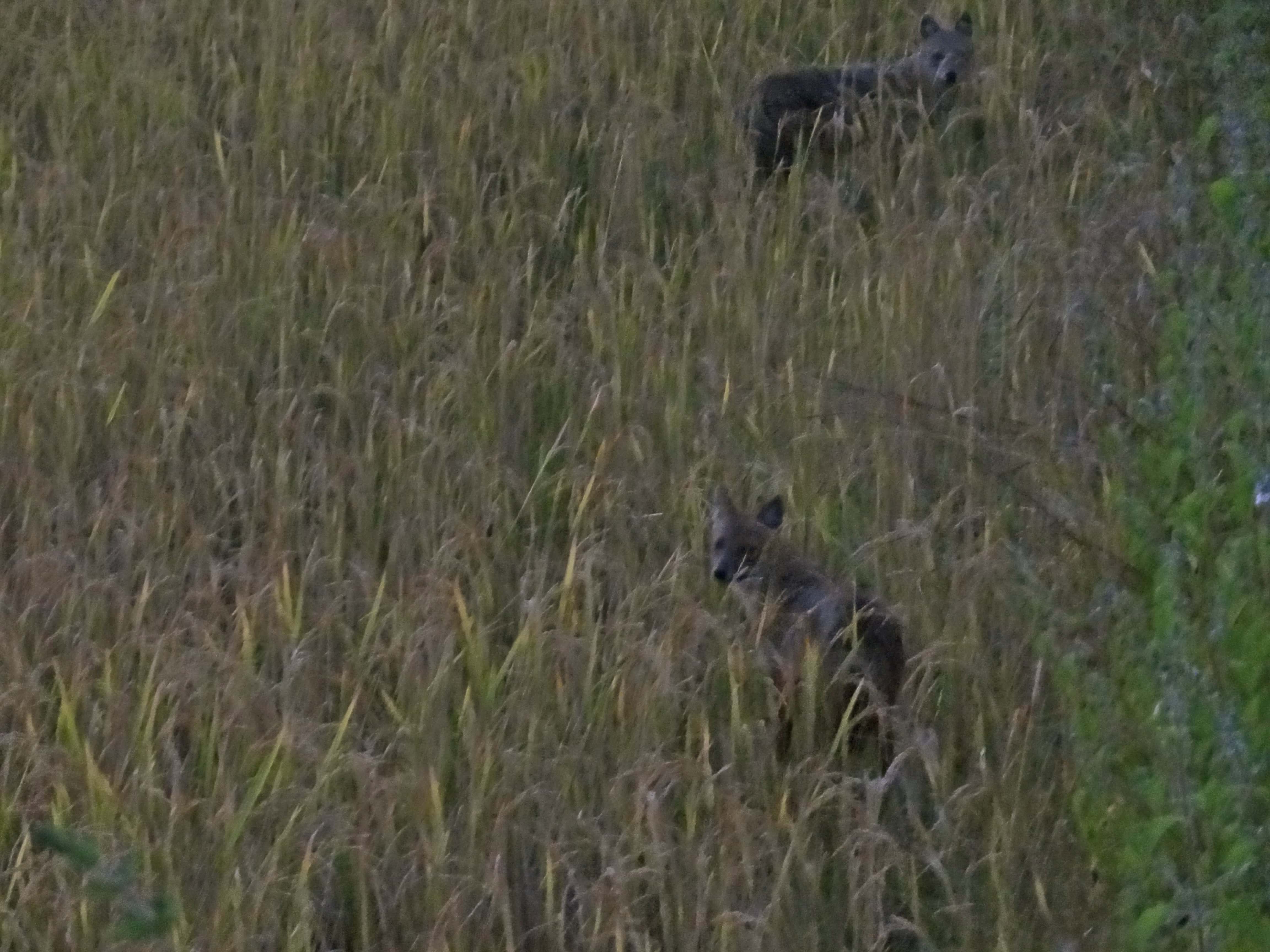

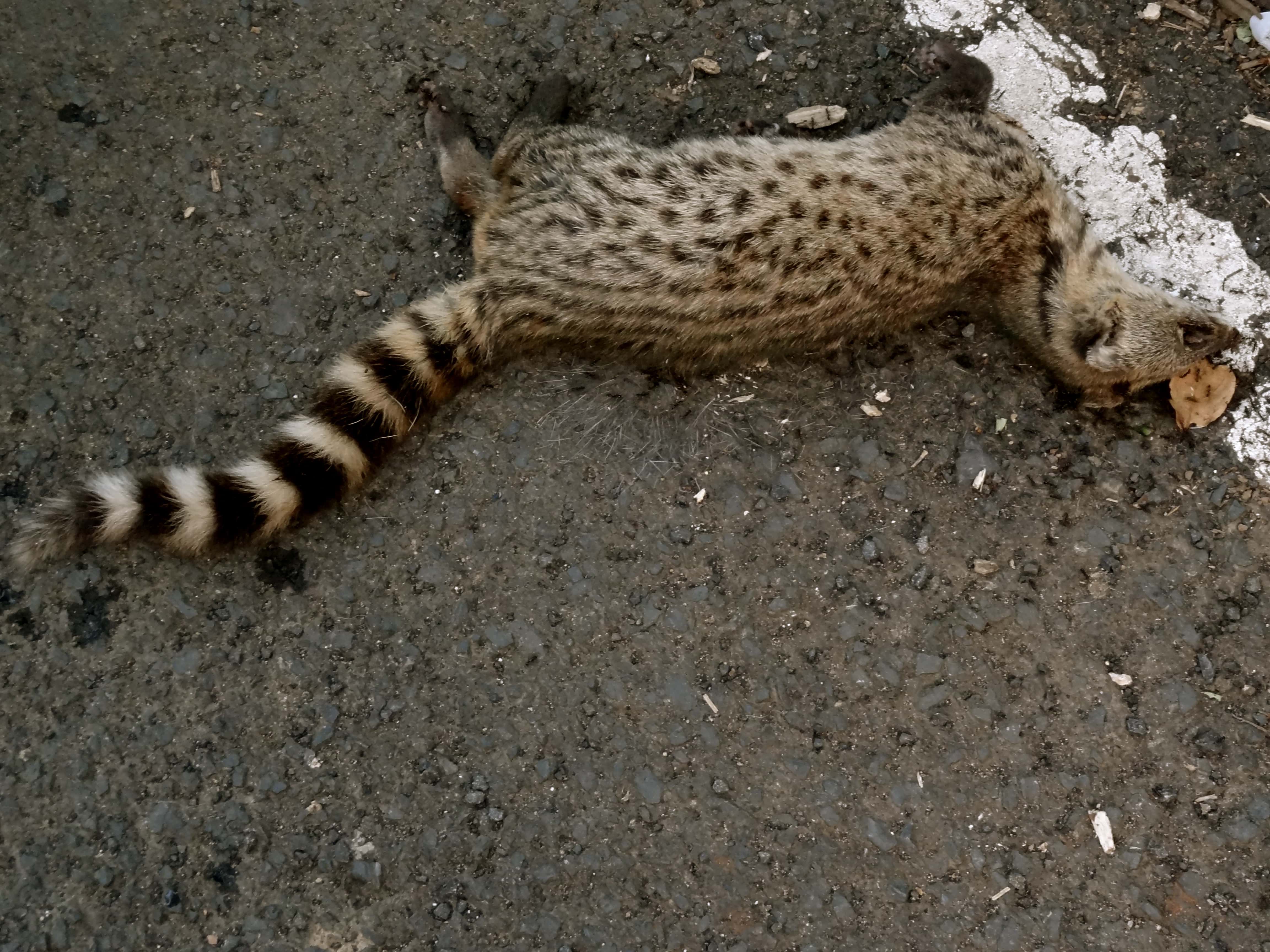
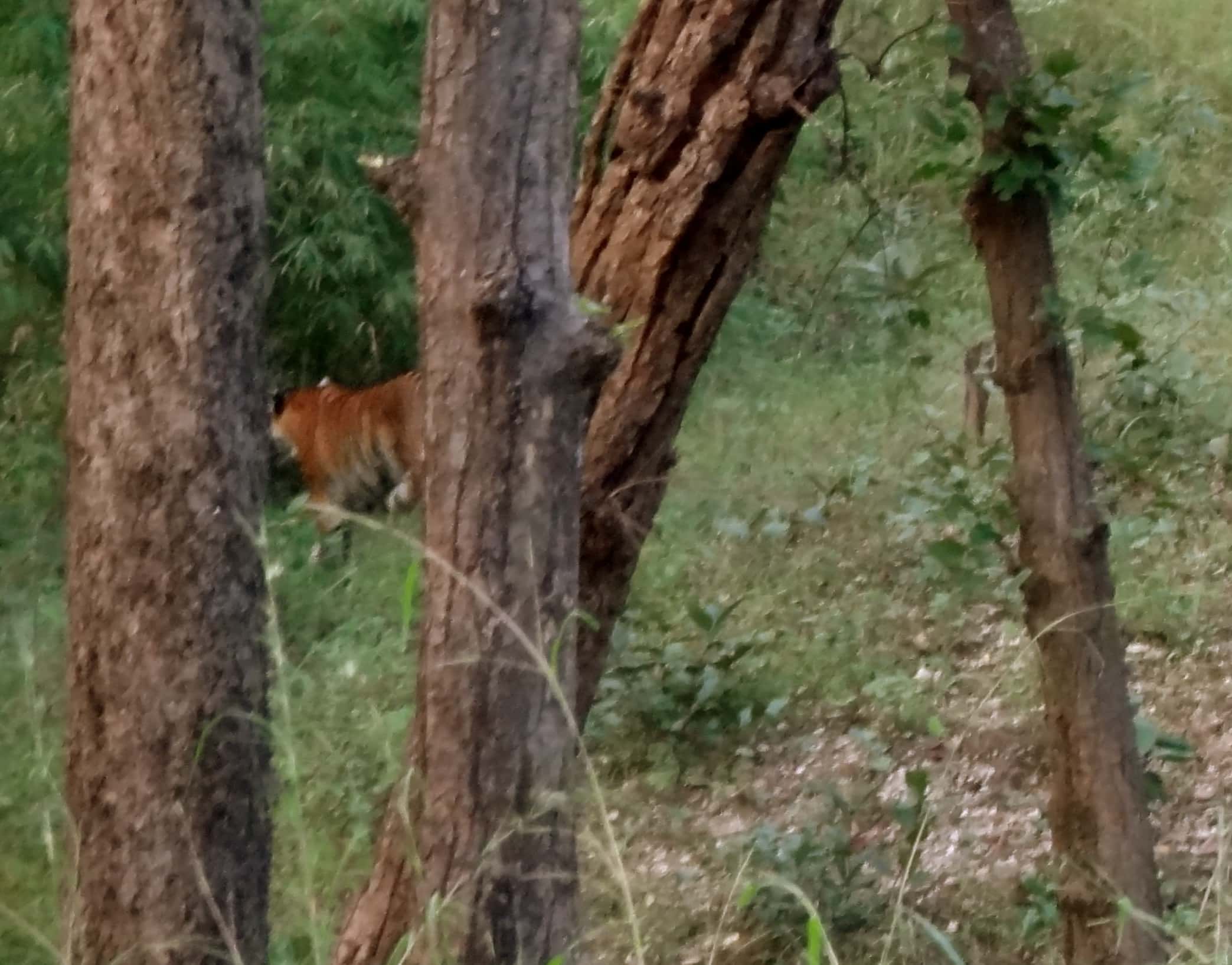
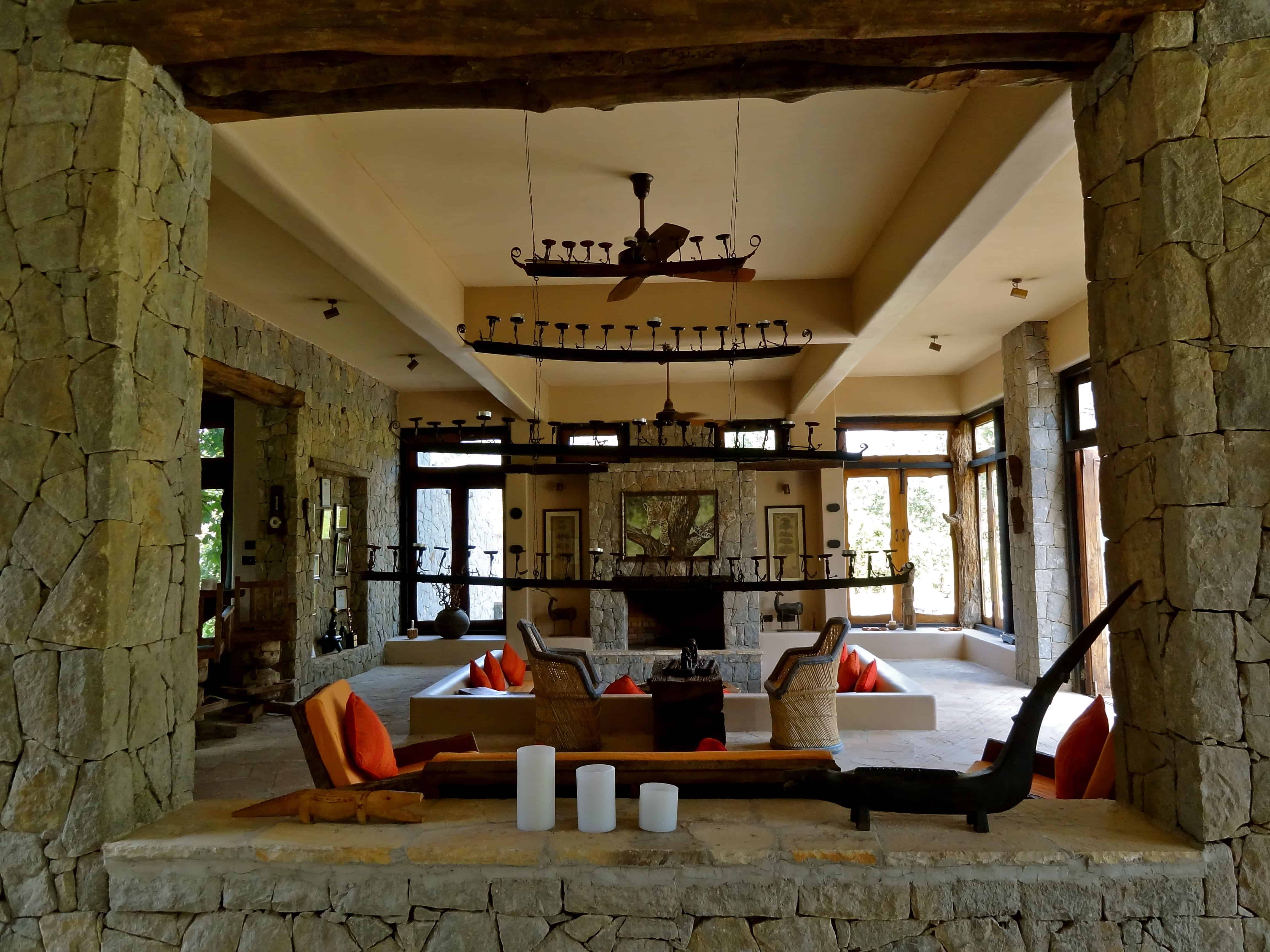

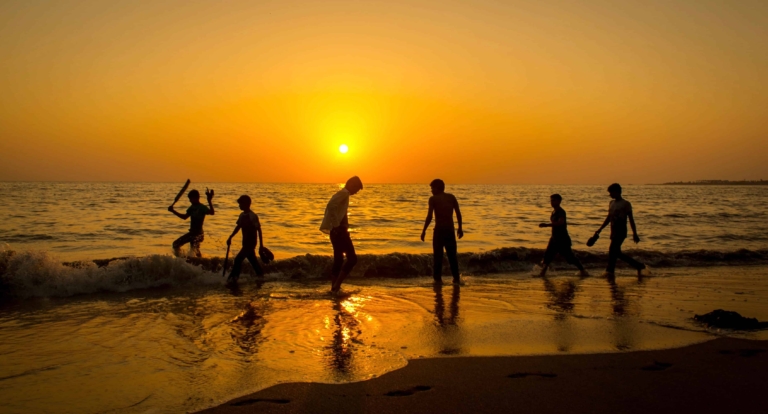
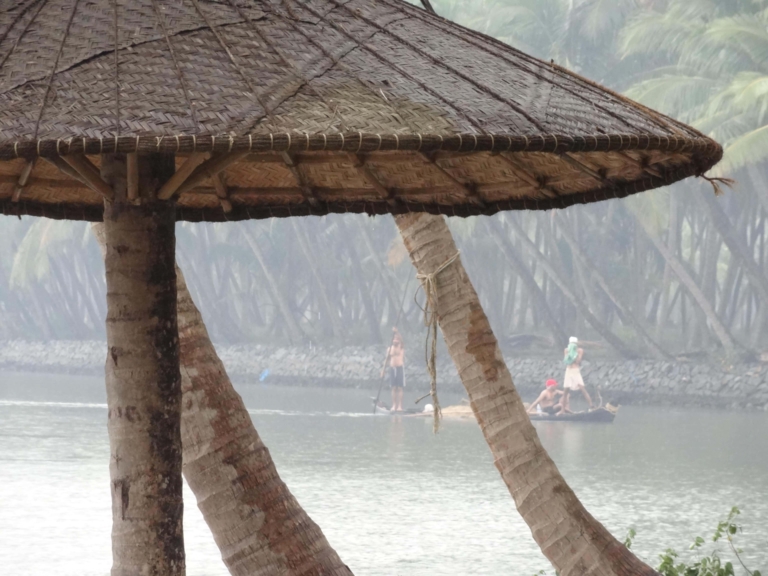
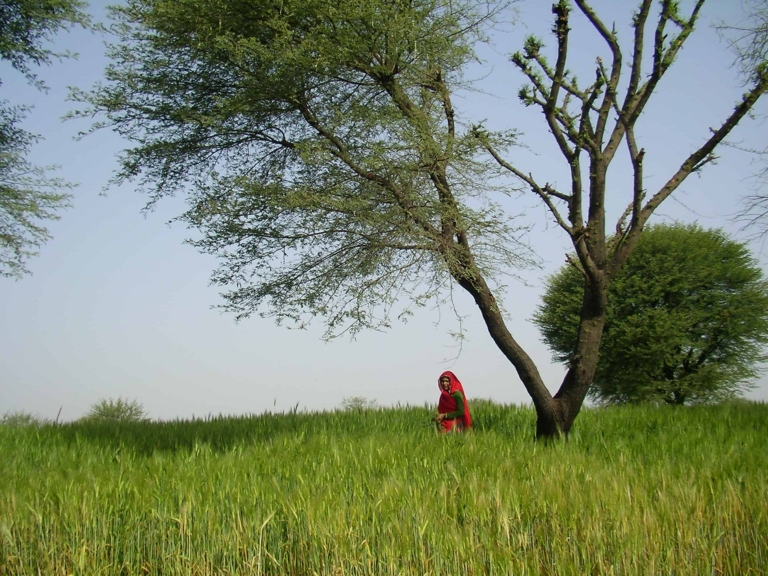
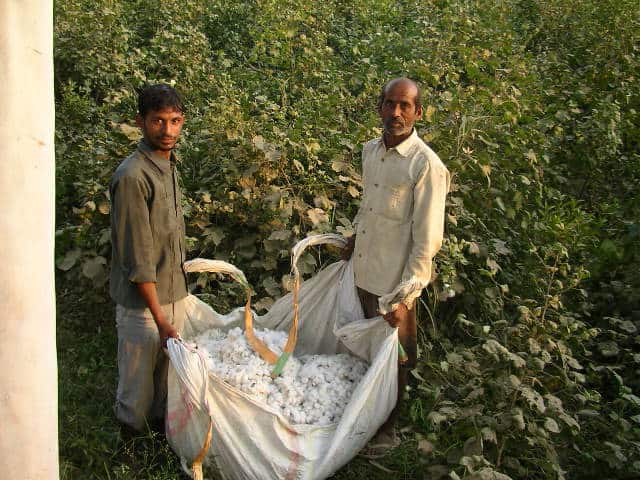
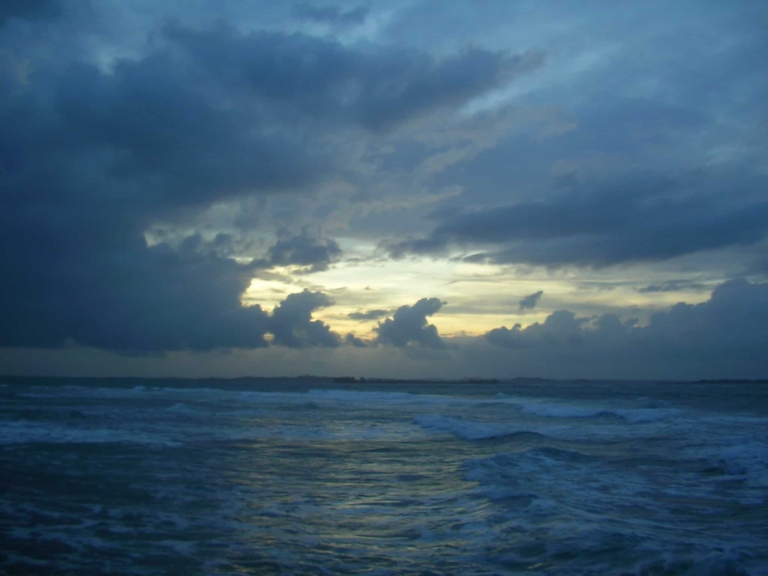
I wonder: if the safari jeeps and other vehicles stopped “zooming” and instead ambled along at a calmer pace, might more civets and other animals make it across the road?
Of course, but the trouble is regulating that, especially in the wee hours of the night.
hey, nice one shivya, I am not able to zoom in the 1st pic of ur blog….is it a owl sitting on the tree ??
It indeed is, Pushkar. Such a cute fellow it was!
Those owlets are famous in Kanha. Our guide told us there were 7 before… but wen we visited in May, there were only 4.. I ve visited Tadoba before recently 🙂
We were able to see only 2, but apparently they’re a different family from the 7. Hope they grow in numbers too!
Never been to India yet, but you will be the first or second to know lol. But wild life stories I can share in abundance having grown up in the country in Australia. Be it from domesticated or wild life. I think the most interesting one though, was the struggle between my cat Rambo (read giant tiger in a large muscular house cat body) and a very poisonous black snake.
Let’s just say that even though the snake got a bite on him, it was Rambo, and not the black snake that lived another almost 10 years on after that encounter. Remind me one day when we meet up for a tour, to tell you some stories about breeding horses :-$
Great article there young lady. I am proud of and inspired by you on a daily basis.
Jim
Whoa, that’s a fight I wouldn’t have wanted to witness! Looking forward to your stories on breeding horses. Come soon.
Beautiful post, Shivya, and fascinating tales indeed.
Thanks 🙂 I’m sure you have so many of your own from Kanha!
Nice Post!! I’m planning to visit Kanha next week. Would appreciate if you could provide some useful tips for lodging and boarding. Thanks!
That’s awesome. Stay at Kanha Earth Lodge, it’s eco-friendly and luxurious, with two very knowledgable naturalists. I’m sure you’ll love it! Say hi to Chinmay from me if you do stay there 🙂
Thanks a lot Shivya . for all you’r appreciation
Did Kanha and Pench recently..this was our first time inside Indian jungles..missed tigers in both places but thoroughly enjoyed the ambience of jungles..truly amazing and we want more 🙂
How do You find Chinmay?
Hi Shivya,
I would like to go on few days vacation during june this year with my family.Place should be in Madhya Pradesh having natural beauty and wildlife.Also a treat in summers.
Please suggest.
Regards,
Rajeev
Very well articulated post. I am planning to send my parents on a holiday to kanha. do you have any idea about some good places to live there? how about Banjar Tola ?Do you have any idea about the same?
Following your blog lately , It is so illustrative that I can actually sense and feel that whole aura around me .